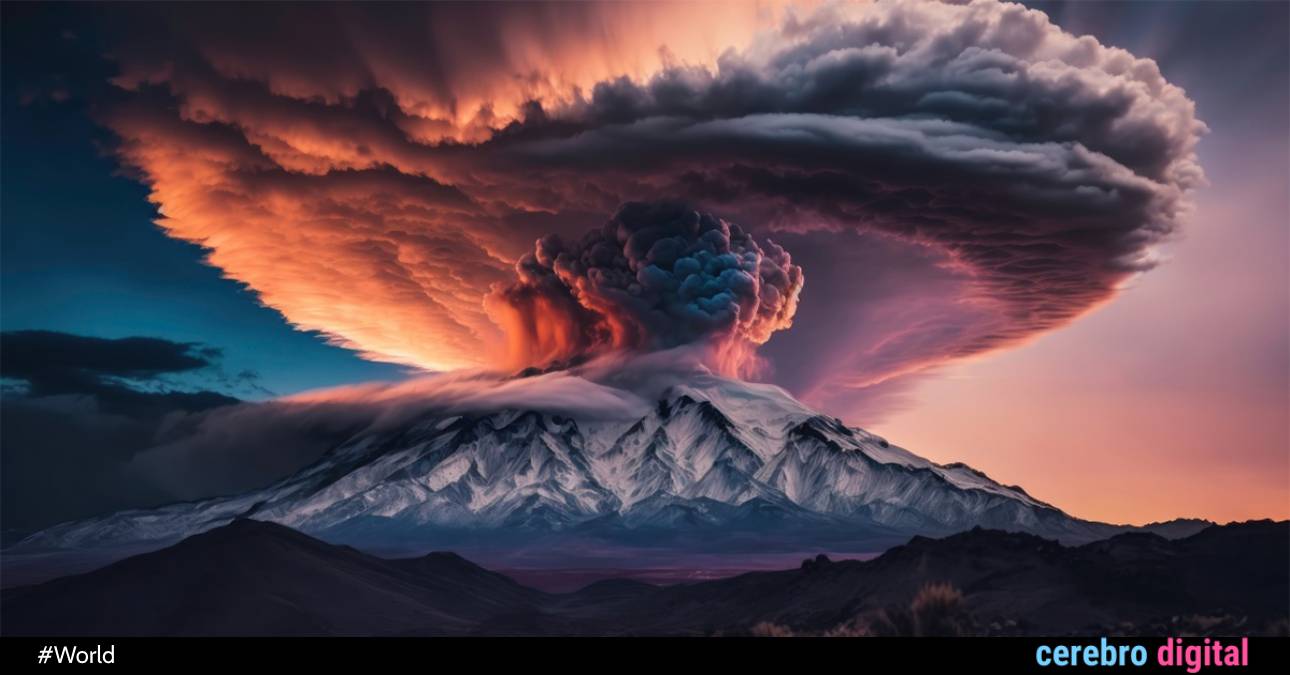
Our world is teeming with openings in the Earth’s crust, connected to a magma chamber. What’s staggering is that some of these volcanoes pose a constant danger to the planet, whether due to their activity or the destructive potential they hold.
These monsters have demonstrated their might in every eruption throughout history. From simple fumaroles that, in the blink of an eye, turn into a thick cloud blanketing the skies with a dome of ashes and gases, to explosions capable of devastating kilometers of land and wiping out hundreds of lives in an instant.
But which ones are the most dangerous? Without a specific order, here’s a small sampling of some that are considered potential threats to the planet.
Eyjafjallajökull, one of the largest volcanoes
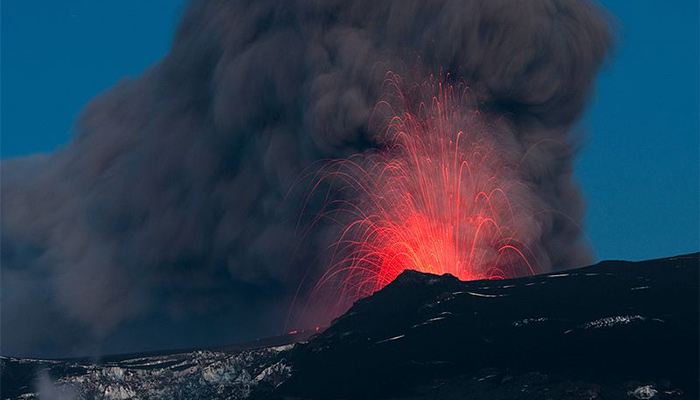
As intimidating as its name, this 1600-meter-tall monster sits atop a glacier in Iceland and has been active for the last 8000 years. Various eruptions have been recorded over the centuries, with the most notable being in 2010.
This eruption caused the entire northern part of Europe to be on constant alert, leading to the cancellation of hundreds of flights and the sky being covered by a thick layer of ash. Interestingly, there’s a route along the southern coast of Iceland where you can visit this great mountain.
Mount Vesuvius, the most dangerous volcano
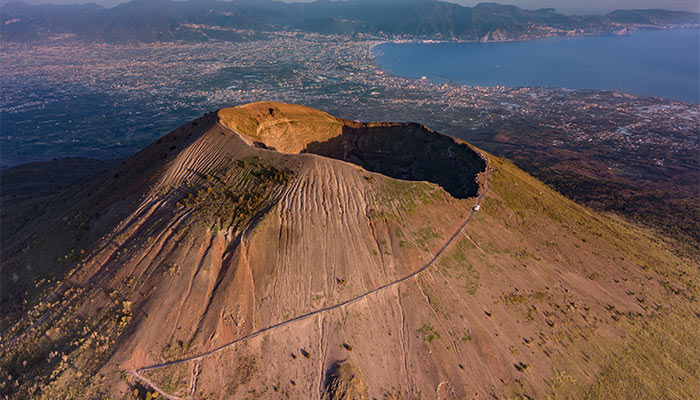
Vesuvius is a stratovolcano located on the Italian coast near Naples. It’s characterized by its Plinian eruptions, especially the one in 79 AD, which destroyed the cities of Pompeii and Herculaneum.
Its last period of activity began in 1631 and ended in 1944. Currently, it is in a state of rest, although scientists warn of its danger. This monster stands at 1281 meters above sea level, being one of the most renowned worldwide. Moreover, it’s one of the most monitored volcanoes, with over two million people living around it, making it the area with the highest volcanic risk in the world.
The Princess Iztaccíhuatl
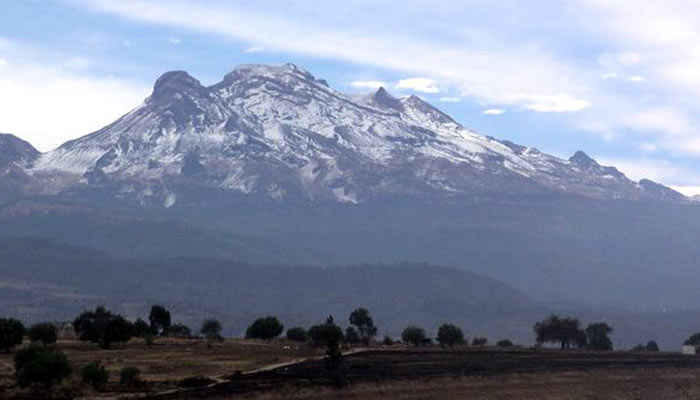
In Mexico, specifically in the Izta-Popo Zoquiapan National Park, lies Iztaccíhuatl. It is one of two craters forming this natural enclave and is the protagonist of an ancient love story.
According to legend, the volcanoes represent two native lovers. Iztaccíhuatl was a princess, the most beautiful maiden ever seen in Tlaxcalteca. Unfortunately, her love story had a tragic ending.
You can visit these colossal natural wonders if you’re near Puebla or Cholula. Through an interesting trekking route, you’ll explore many other stunning landscapes.
Mount Agung, the Indonesian monster
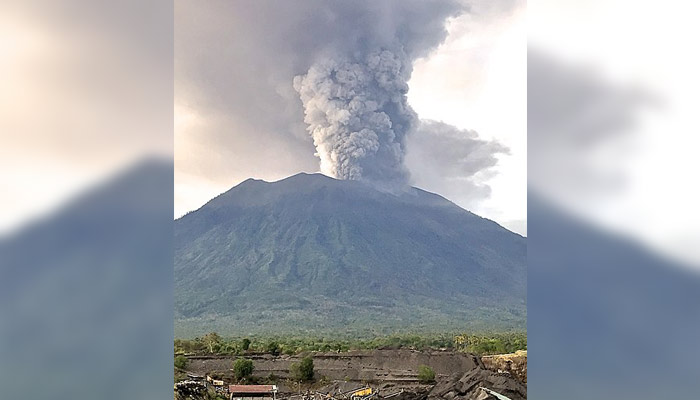
This is a stratovolcano located on the island of Bali, Indonesia. It stands 3152 meters tall, with a crater measuring 800 meters in diameter at its summit. This monster occasionally emits smoke and ash, hence it’s continuously monitored. Its last eruption was in 2017, forcing the evacuation of 100,000 people.
The mythological Popocatépetl
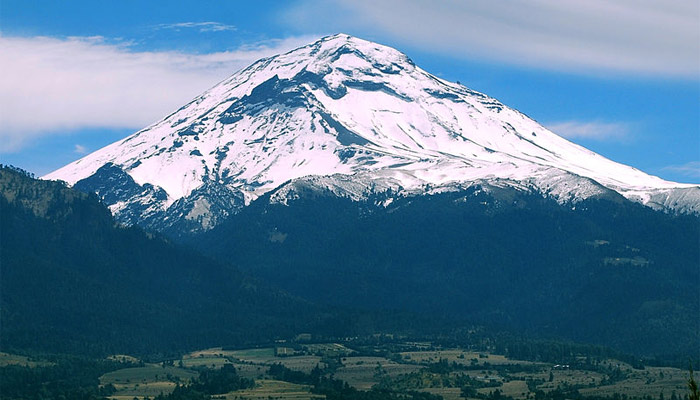
The second volcano forming the natural enclave of the Izta-Popo Zoquiapan National Park. Popocatépetl is a 5400-meter-high mountain that has had recent activity, with the last explosion in 2019. It is believed that this volcano represents a Tlaxcalteca warrior who fell in love with Iztaccíhuatl.
Another legend claims that different pre-Hispanic rituals were performed on its slopes. To learn all the legends surrounding this mythical volcano, you can follow the park’s route.
The ancient Sakurajima island
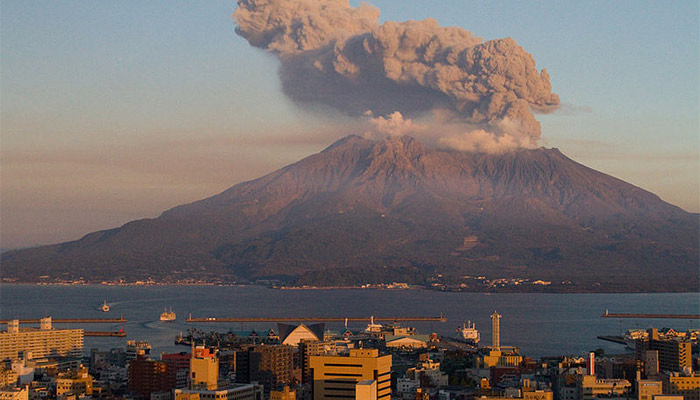
The Sakurajima stratovolcano is a Japanese monster that, due to its eruption in the early 19th century, went from being an island to joining the Ōsumi Peninsula. It’s one of the most visited tourist sites in Japan, especially for the fertility of its soil, as the world’s thickest Chinese radish grows there.
However, Sakurajima has been active since 1955, so it’s considered a danger to the Japanese nation. Interestingly, it has been an inspiration for various movies, such as “The Wrath of the Gods,” a silent film from 1914.
Taal Volcano, amid lakes and islands
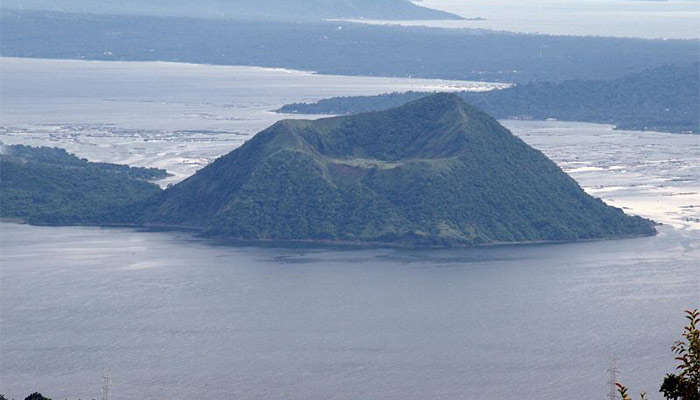
This volcano is in the middle of the Taal Lake in the Philippines. Within its crater lies another lake and, within that, an island called Vulcan Point, creating one of the most peculiar ecosystems on the planet.
Since the 16th century, it has had up to 33 eruptions, expelling different sulfurs, which is why it’s considered one of the most dangerous volcanoes in the world. Its continuous study aims to prevent future natural disasters.
The mythical Mount Fuji
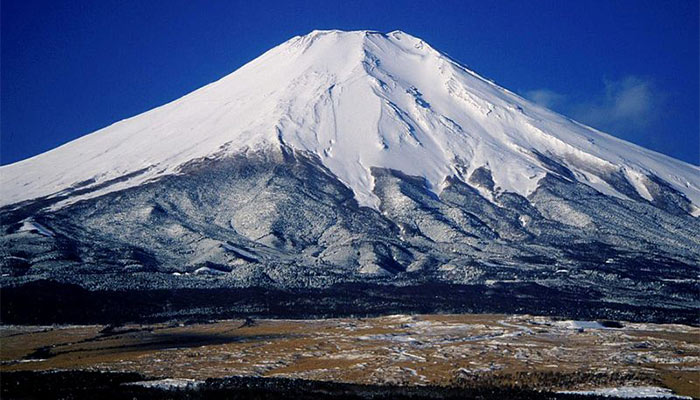
Japan’s highest peak is climbed by thousands of mountaineers each year. However, the giant standing 3776 meters above sea level is considered one of the most destructive volcanoes on the planet.
As a result, a study revealed that if it were to erupt, it would create a 10-centimeter layer of ash in Tokyo. Similarly, Kanagawa Prefecture would have a 30-centimeter layer, as would Chiba, Saitama, and Ibaraki.
Etna, the awakened one
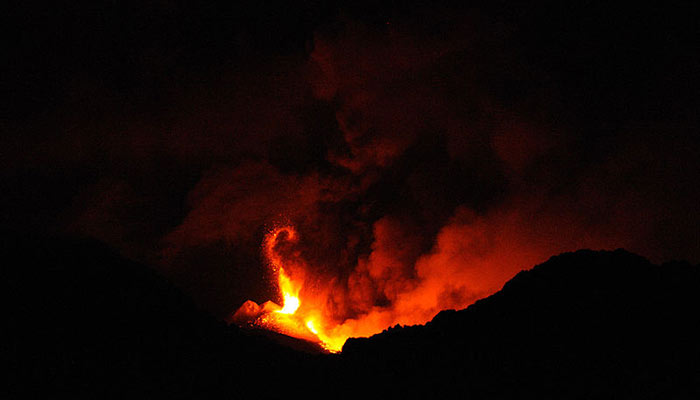
The volcano’s basal circumference is 140 kilometers, being the highest Italian mountain south of the Alps. Its features are so monumental that UNESCO declared it a World Heritage Site in 2013.
It is one of the most active mountains on the planet, and its slopes are fertile land with many vineyards and orchards. This means that in the event of an eruption, the material losses would be substantial.
There are still many other volcanoes that pose a threat to the planet. This means that we should never trust nature because when it exacts a toll, it does so with an immense, unstoppable force…
